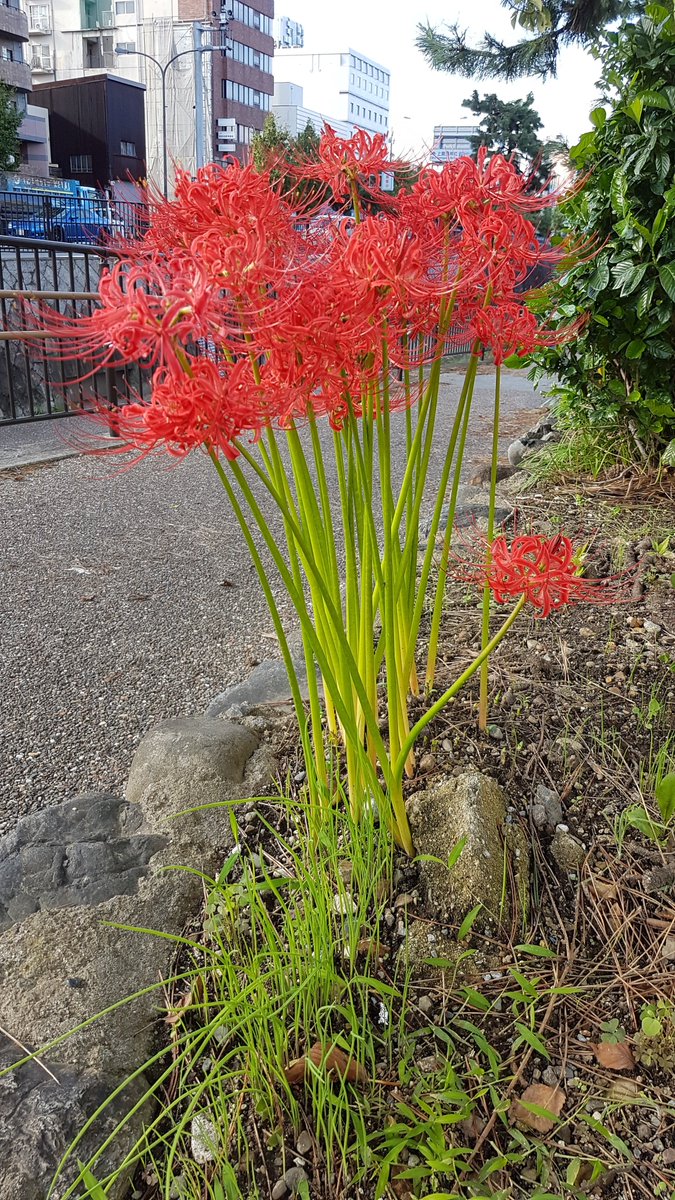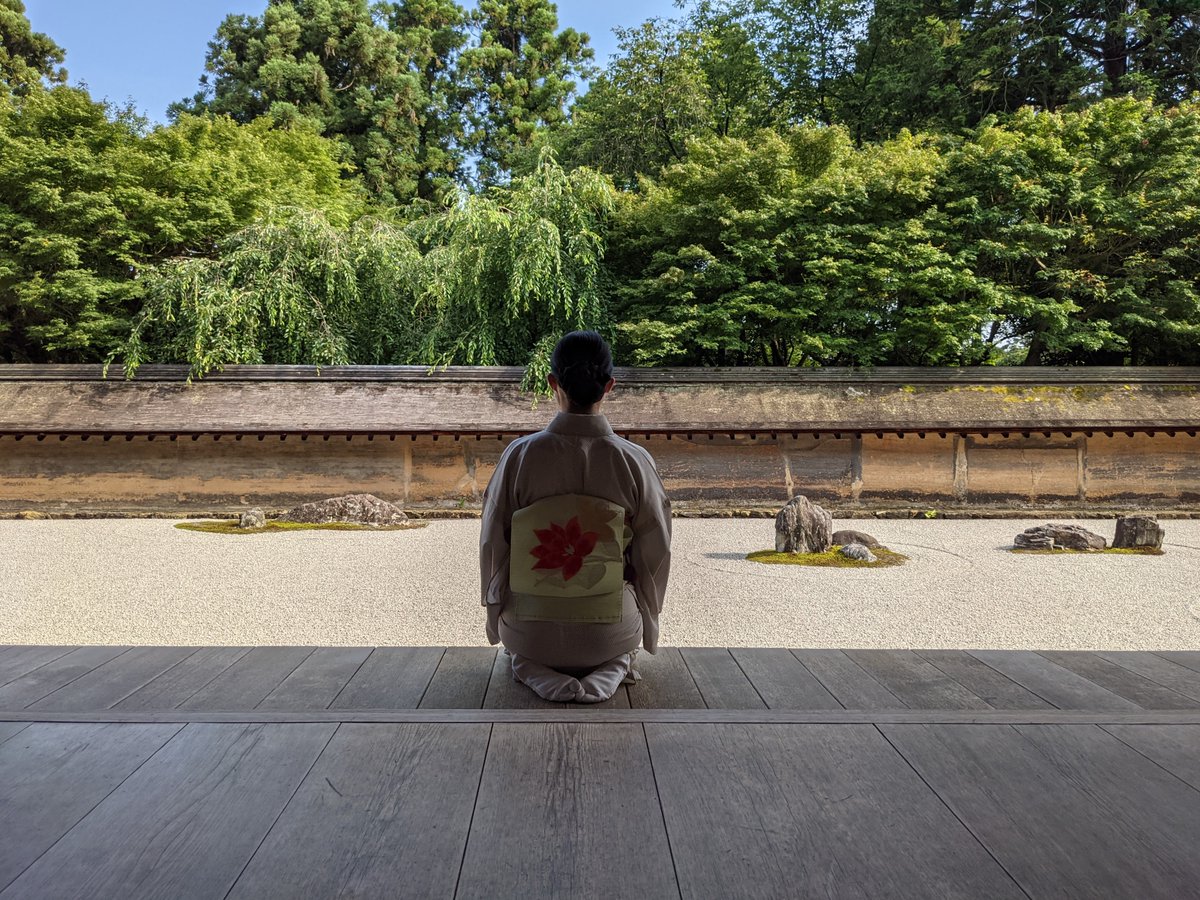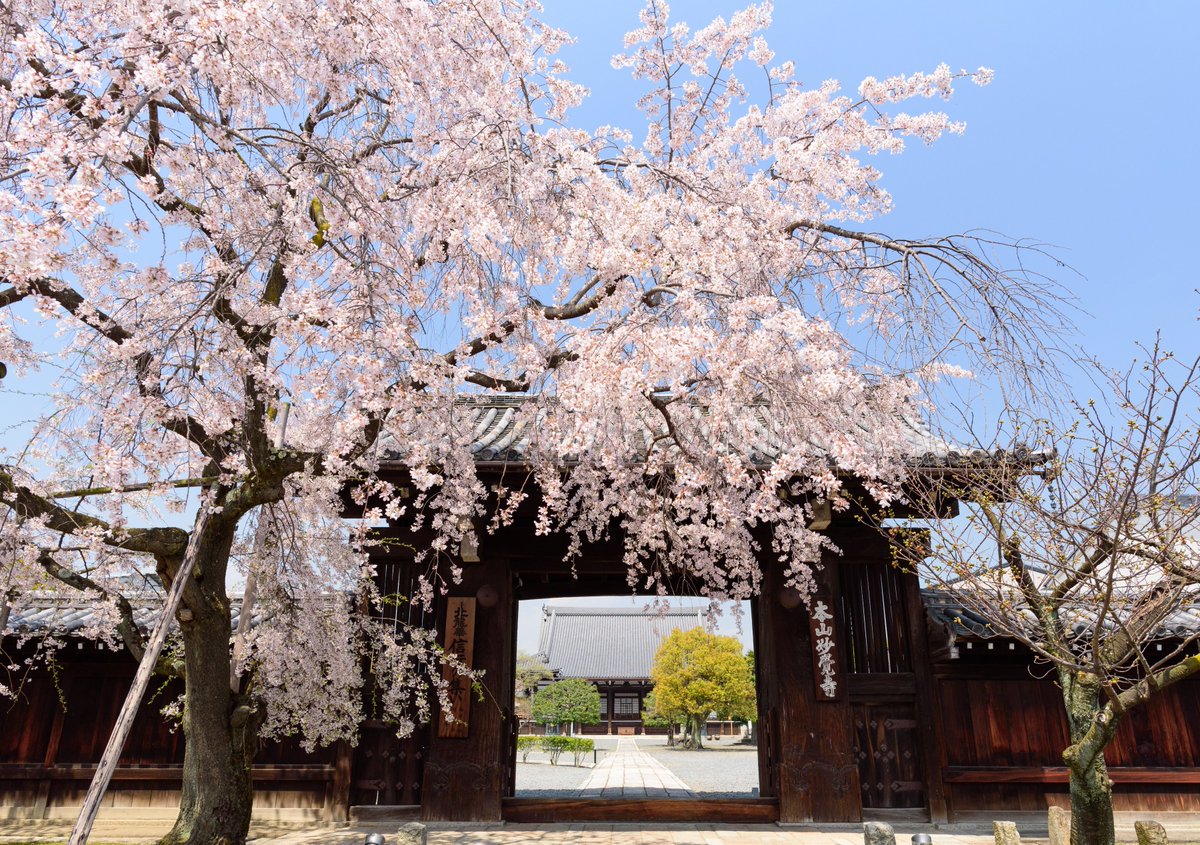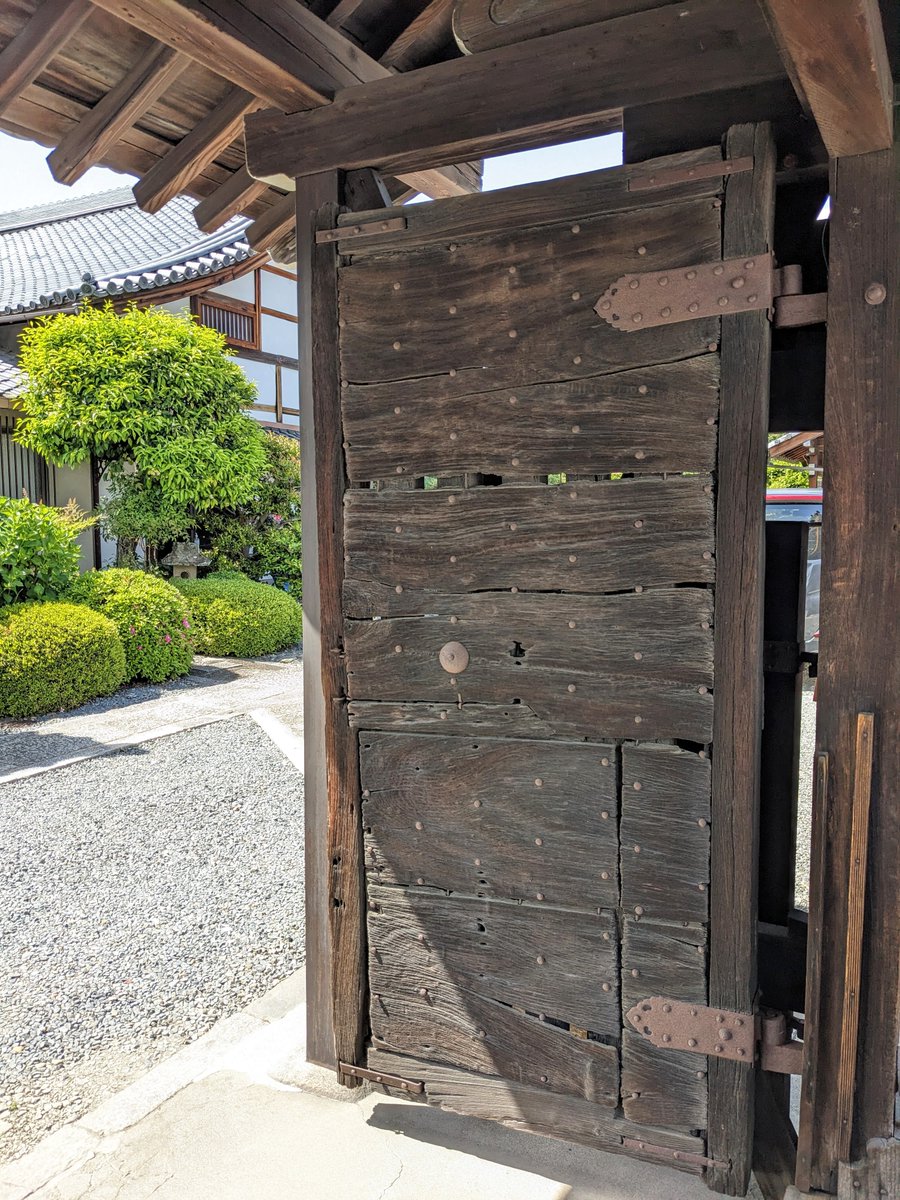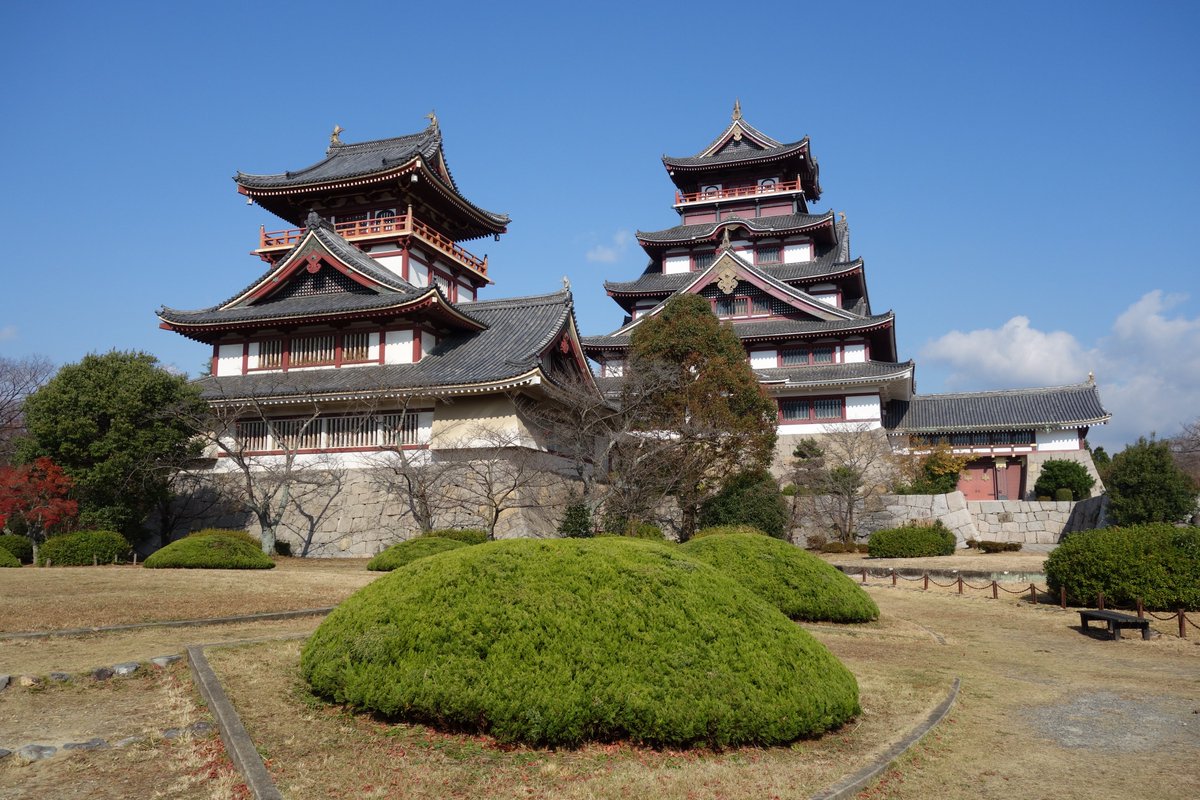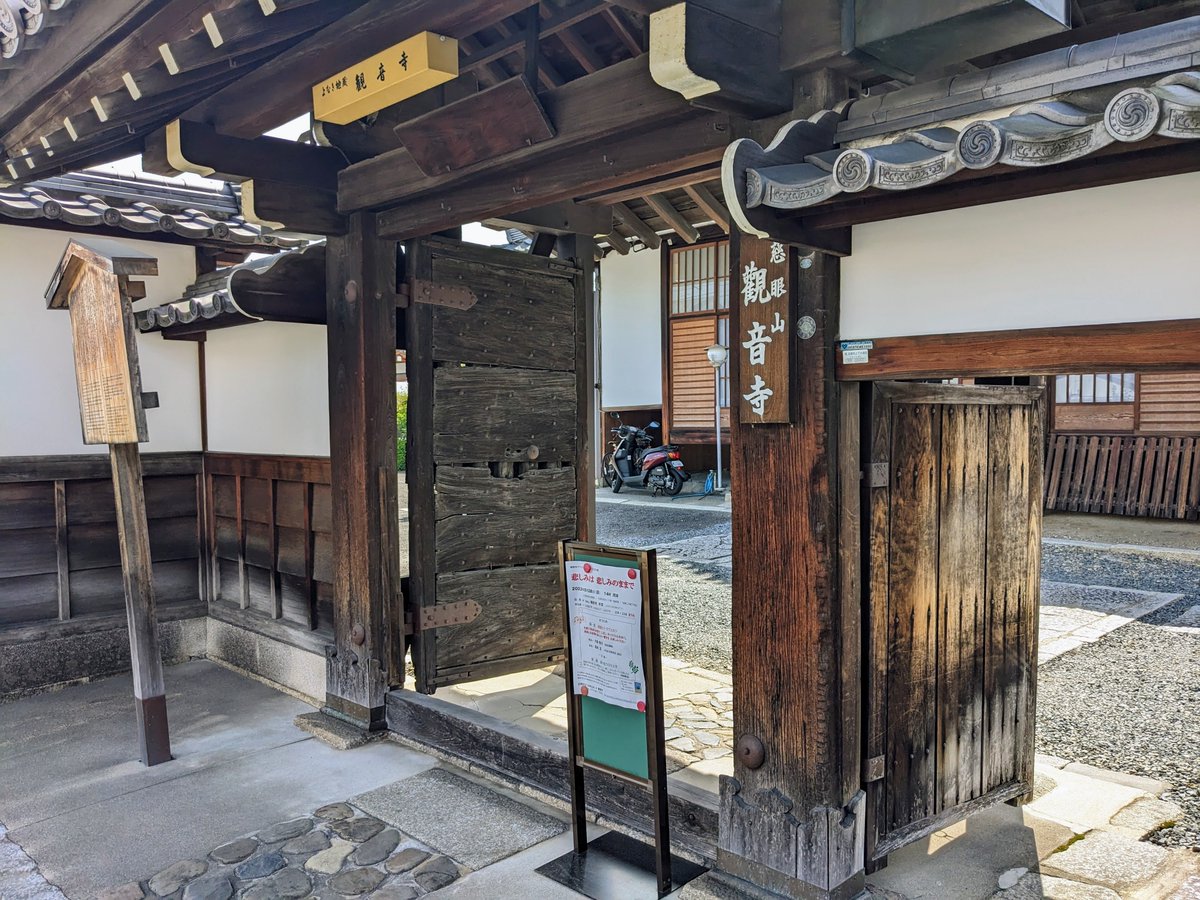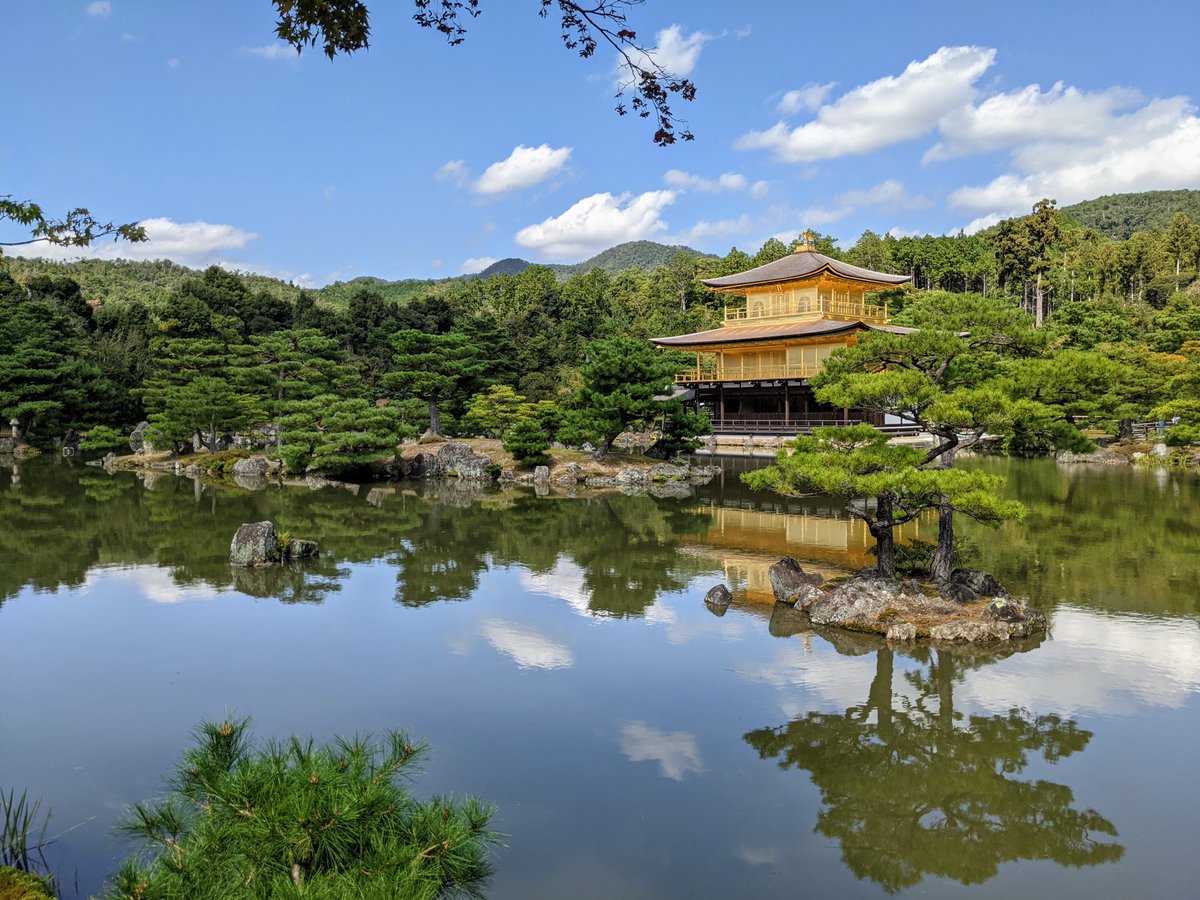July 26th is known as 'Yūrei-no-hi' (幽霊の日 'Ghost Day'). On this date in 1825 the famous play 'Tōkaidō Yotsuya Kaidan' (東海道四谷怪談) premiered. It is arguably Japan's most famous ghost story, telling of Oiwa's (お岩さ) supernatural revenge.
#Yūreinohi #幽霊の日 #Japan



#Yūreinohi #幽霊の日 #Japan


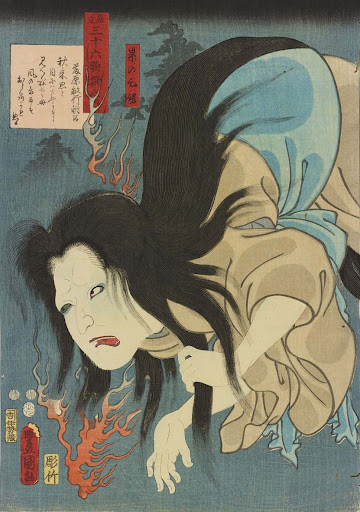

Kyōto has its fair share of ghost stories, but I'll leave you in the hands of these wonderful people to tell you all about Edo's Oiwa (お岩さ).
👻@matthewmeyerart
👻@ZackDavisson
👻@curiousordinary
#Japan
👻@matthewmeyerart
https://twitter.com/matthewmeyerart/status/1419555915842400257?s=20
👻@ZackDavisson
https://twitter.com/ZackDavisson/status/1419819405026856960?s=20
👻@curiousordinary
https://twitter.com/curiousordinary/status/1419592498066853889?s=20
#Japan

👻THE GHOST & THE CANDY STORE🍬
In celebration of 'Yūrei-no-hi', here's Kyōto most famous ghost story.
Established in 1599, the candy shop Minato-ya Yūrei Kosodate-ame Honpo (みなとや幽霊子育て飴本舗) is thought to be the store featured in the legend of the 'Child-rearing Ghost'.



In celebration of 'Yūrei-no-hi', here's Kyōto most famous ghost story.
Established in 1599, the candy shop Minato-ya Yūrei Kosodate-ame Honpo (みなとや幽霊子育て飴本舗) is thought to be the store featured in the legend of the 'Child-rearing Ghost'.




Many different versions of 'Kosodate-Yūrei' (子育て幽霊) exist across Japan, & it's difficult to pin down the origin of the tale, but it bears striking similarities with a far older Chinese story 'The Rice Cake-Buying Woman', told in the 1198 Yijian-zhi ('Records of Anomalies'). 







In the Kyōto story a young, pregnant woman dies suddenly and is buried with haste in a large pot in the ground.
Somehow -the details are not explained- she gives birth. To save the baby, the woman's ghost takes physical form and seeks out sustenance.
kosodateame.com/ame/
#幽霊



Somehow -the details are not explained- she gives birth. To save the baby, the woman's ghost takes physical form and seeks out sustenance.
kosodateame.com/ame/
#幽霊




However unlikely this story is, it's possible the woman was not actually dead when buried. The shock may have induced labour, or else she gave what life she had left to try and save her child. Either way the baby was born alone in a buried pot, with very limited time😥
#幽霊の日
#幽霊の日
Close to the Toribeno crematory ground she finds a candy store, & with the offertory money from her grave she buys sweets to sustain the child.
Appearing at closing time each evening, the woman rouses the suspicions of the owner, who follows her into the graveyard.
#Japan #京都



Appearing at closing time each evening, the woman rouses the suspicions of the owner, who follows her into the graveyard.
#Japan #京都




Spooked, the candy store owner rushes to find a local priest. Together they examine the place the woman was last seen and hear the cries of a child!
Hurriedly they dig up the grave and find a healthy baby in the arms of his dead mother!
#Kyoto #Japan #みなとや幽霊子育て飴本舗



Hurriedly they dig up the grave and find a healthy baby in the arms of his dead mother!
#Kyoto #Japan #みなとや幽霊子育て飴本舗




It is said that Ryūhon-ji's (立本寺) 20th head, Nisshin (日審上人 1599-1666), was the baby from the story.
Because he was discovered buried with his dead mother in a large pot (a makeshift coffin), he was nicknamed 'Pot Nisshin' (壷日審).
#京都 #Kyoto #Japan #Ryuhonji #立本寺



Because he was discovered buried with his dead mother in a large pot (a makeshift coffin), he was nicknamed 'Pot Nisshin' (壷日審).
#京都 #Kyoto #Japan #Ryuhonji #立本寺




It seems that Nisshin's unusual birth became entwined with the ghost story.
One night the abbot of Ryūhon-ji was alerted to an eerie cry by a novice. Together they discovered a fresh grave in the cemetery, dug it up and found a newborn (his mother had died in childbirth???).
One night the abbot of Ryūhon-ji was alerted to an eerie cry by a novice. Together they discovered a fresh grave in the cemetery, dug it up and found a newborn (his mother had died in childbirth???).
The store (みなとや幽霊子育て飴本舗) has a website-
➡️kosodateame.com/ame/
It's located in Higashiyama, close to Rokuharamitsu-ji (六波羅蜜寺) & Rokudō Chinnō-ji (六道珍皇寺), an area for a long time considered to be at the boundary to our world and the world of spirits.



➡️kosodateame.com/ame/
It's located in Higashiyama, close to Rokuharamitsu-ji (六波羅蜜寺) & Rokudō Chinnō-ji (六道珍皇寺), an area for a long time considered to be at the boundary to our world and the world of spirits.




In completely unrelated news, this is Sanrio's yōkai-themed (妖怪) summer card for 2021.
As I work from home a lot of the time it has cheered up my desk area...though I did not realise it glows in the dark and it gave me a fright last night🤣
#yokai #妖怪 #Sanrio #Japan #Kyoto
As I work from home a lot of the time it has cheered up my desk area...though I did not realise it glows in the dark and it gave me a fright last night🤣
#yokai #妖怪 #Sanrio #Japan #Kyoto

• • •
Missing some Tweet in this thread? You can try to
force a refresh



